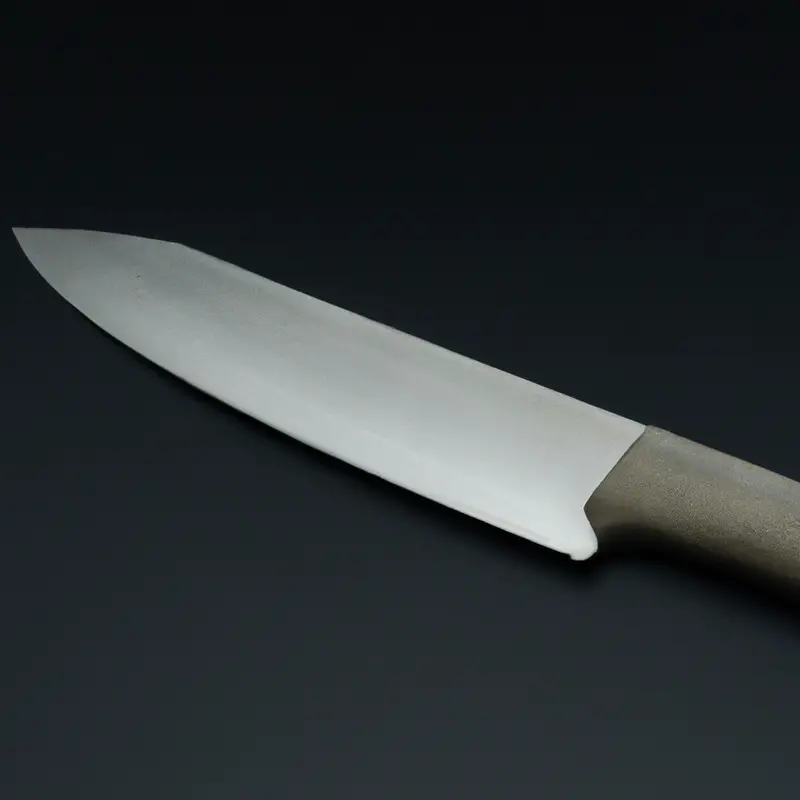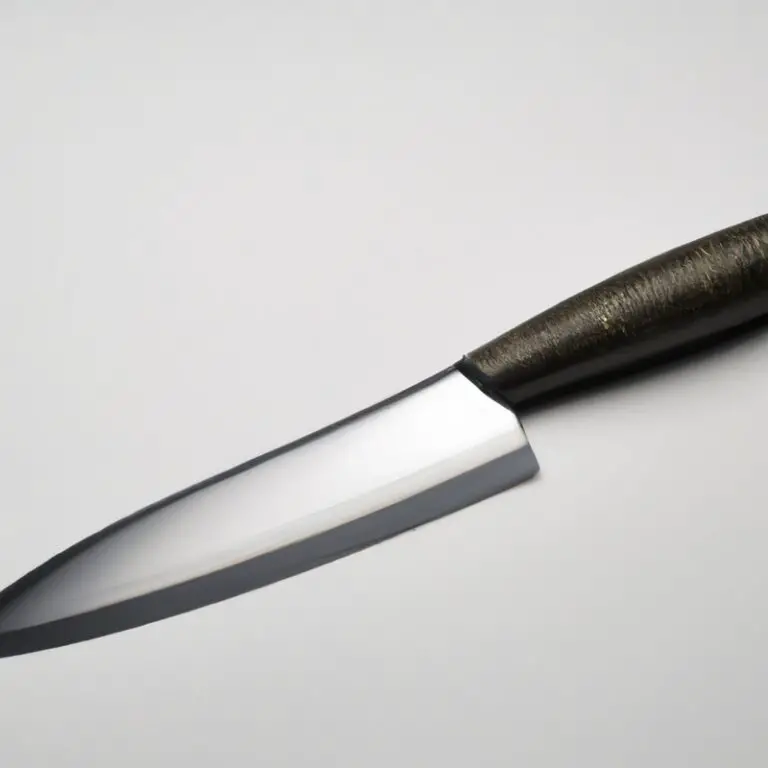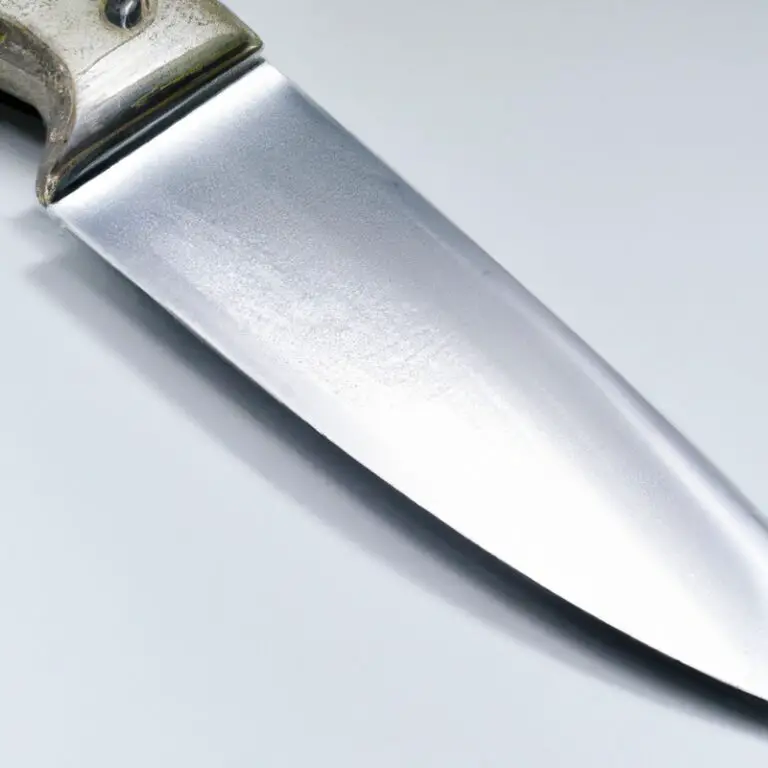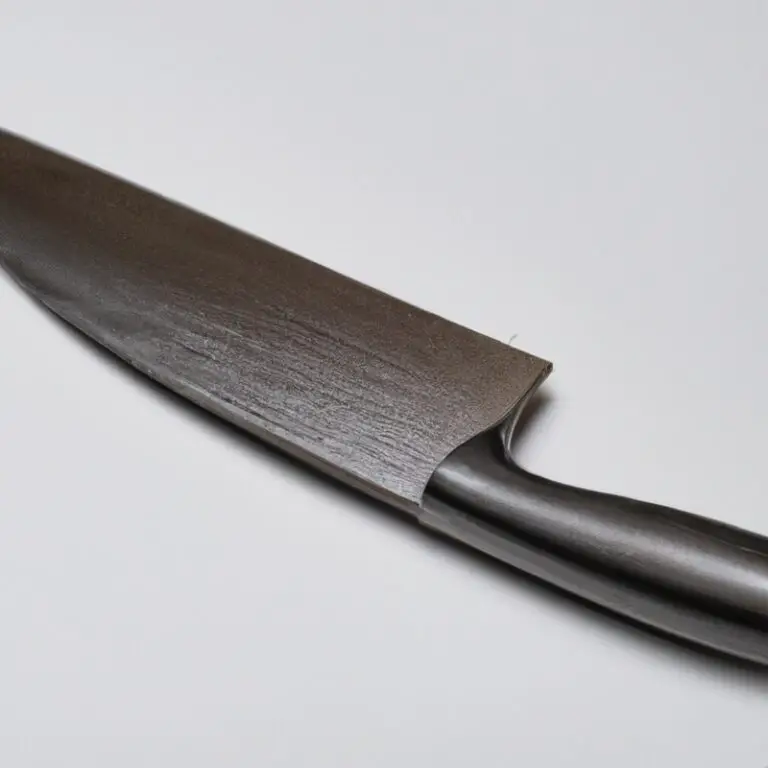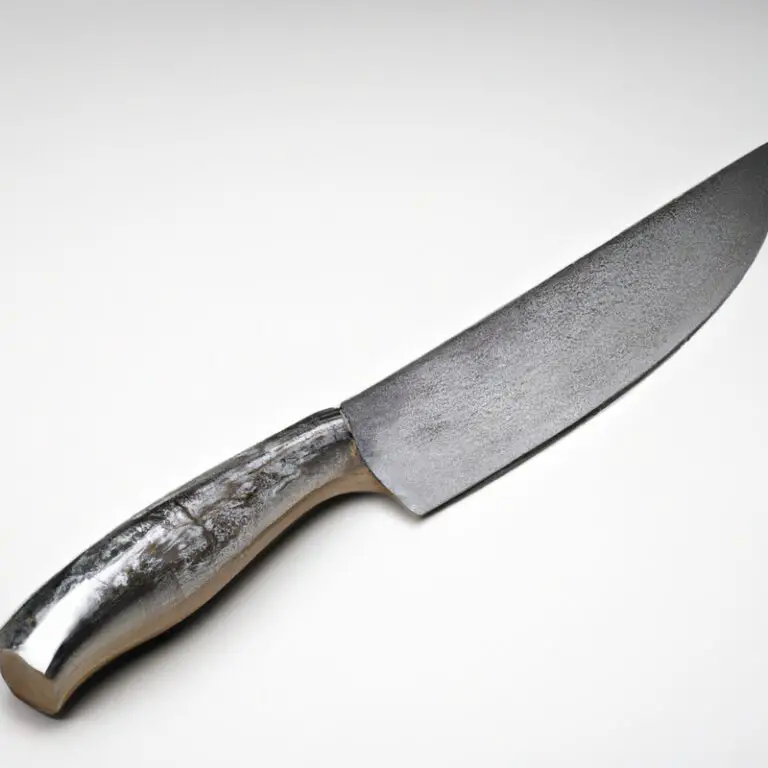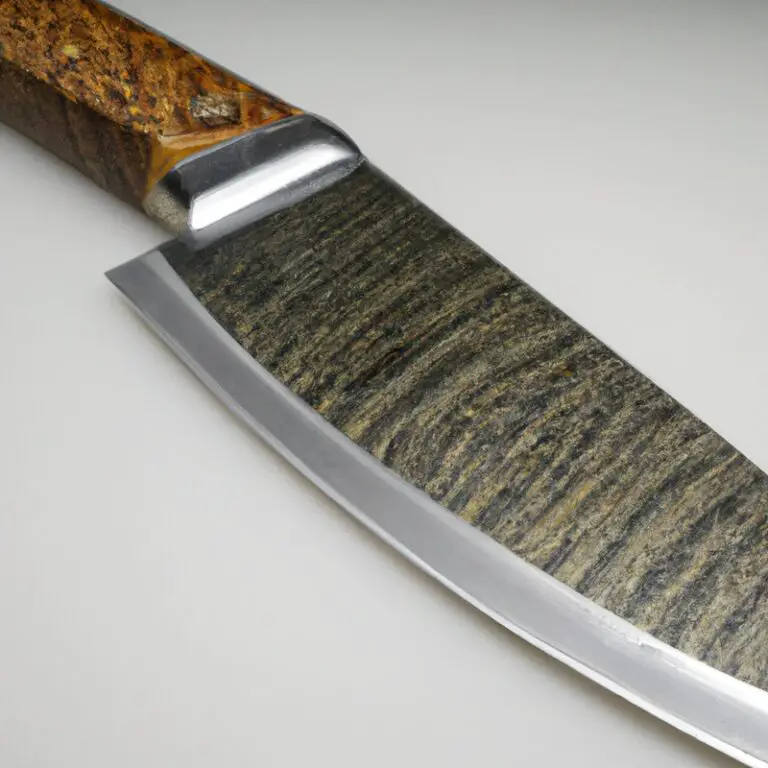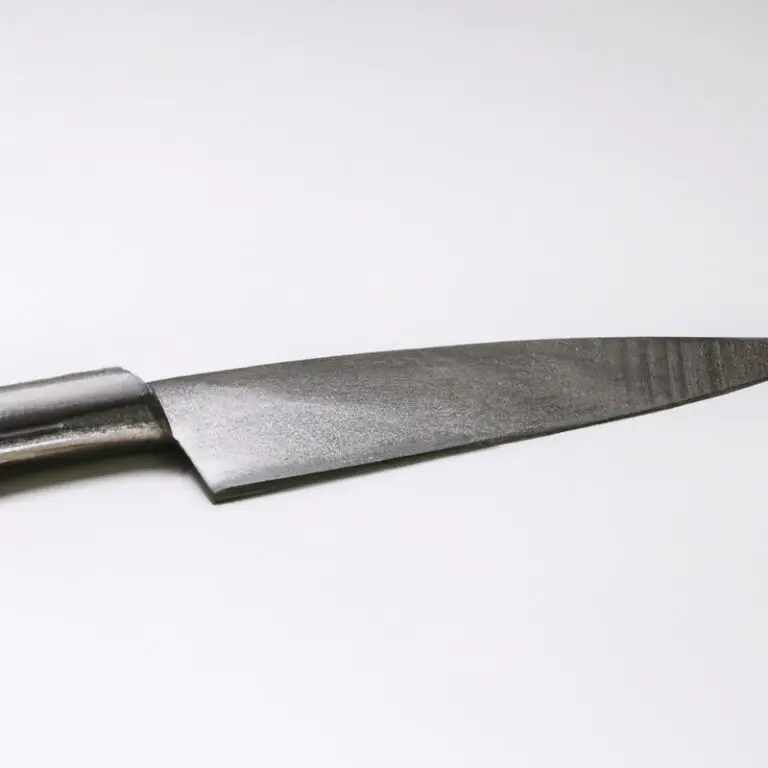What Are The Recommended Techniques For Filleting Fish With a Gyuto Knife? Master It Now!
Key Takeaways:
- A Gyuto knife is a versatile tool that can be used for filleting fish, but it requires specific techniques for optimal results.
- Proper grip and hand placement on the knife handle are essential to ensure control and precision while filleting fish with a Gyuto knife.
- Angle and pressure adjustments during the cutting process play a crucial role in achieving evenly sliced fillets and avoiding bone fragments in the meat.
- Regular sharpening and maintenance of the blade are necessary to maintain the knife’s effectiveness and prolong its lifespan.
Have you ever struggled to fillet a fish with a dull or inappropriate knife? It can be frustrating and time-consuming, not to mention the risk of damaging the fish.
That’s where Gyuto knives come in – versatile and razor-sharp, they make filleting fish a breeze, and with the right techniques, you can achieve perfect fillets every time.
In this article, I’ll share with you the recommended techniques for filleting fish with a Gyuto knife, including tips on knife sharpening, handguard technique, blade pressure control, and more. With these techniques, you’ll be able to fillet fish like a pro in no time!
| Filleting Technique | Description |
|---|---|
| Start at the Head | Position the fish with its head towards you. Insert the tip of the knife behind the gills and cut towards the backbone. |
| Run Along the Backbone | Keeping your knife sharp, run the blade along the backbone and cut through the rib bones. |
| Remove the Fillet | Flip the fillet over and remove the skin by sliding the knife blade under the flesh from tail to head. |
| Repeat on the Other Side | Flip the fish to the other side and repeat the process for the other fillet. |
| Remove Any Remaining Bones | Use tweezers or pliers to remove any remaining bones from the fillet. |
Sharpening your Gyuto knife for filleting: Techniques and angles
To achieve a clean, smooth cut while filleting with a Gyuto knife, it is vital to properly sharpen the blade. The ideal angle is between 10-15 degrees, achieved by using a sharpening stone or honing rod.
Start with rough grit to remove any nicks or chips, then move to finer grit to create a sharp edge.
Keep the blade lubricated with water or oil during the sharpening process. A sharp blade not only makes filleting easier but also minimizes the risk of injury.
Remember to sharpen your Gyuto knife regularly to maintain its usefulness.
Understanding the anatomy of fish- How it’s going to affect the filleting technique
To successfully fillet a fish with a Gyuto knife, it is essential to understand the basic anatomy of a fish. Different types of fish have different bone structures, and knowing where those bones are located will determine the best method for filleting.
For example, flatfish like halibut and flounder have a unique bone structure that requires a different approach compared to roundfish like salmon and trout.
Understanding the placement and structure of the bones can improve the precision of the cuts, leading to cleaner fillets and less wastage of the fish meat. Furthermore, it is important to identify the natural seams of the fish where the flesh separates from the bones.
This allows for efficient and effortless filleting.
For instance, the lateral line of a fish marks the division between the top and bottom fillets. In summary, comprehending the fish’s anatomy and internal structure will make it easier to navigate the knife through the fish and ultimately guide the filleting process.
The recommended handguard technique for filleting fish with a Gyuto knife
The handguard technique is crucial when filleting fish with a Gyuto knife. To use this technique, hold the fish with a hand, and use the other to hold the knife.
To avoid injuries, tuck your fingers and thumb behind the handguard of the knife.
This way, the knife won’t slip and hurt your fingers while filleting. Also, make sure to keep the blade at an angle and use controlled movements during the process.
By using the handguard technique, ensure your safety and prevent fish from slipping away from the knife.
How to keep the blade steady while filleting with a Gyuto knife
To keep the blade steady while filleting with a Gyuto knife, make sure the blade is sharp, and grip the handle firmly. Use your non-dominant hand to hold the fish in place and keep the blade close to the backbone.
Make sure to use a rocking motion while cutting through the flesh.
It’s important to maintain a consistent angle while cutting to achieve consistent slices and minimize waste. Remember to let the knife do the work and avoid using too much force.
With practice, you’ll be able to achieve precise cuts effortlessly.
Simple tips to avoid errors during the filleting process
To avoid errors during the filleting process, follow these simple tips:
- Use a sharp knife: A dull knife can be dangerous and may cause injuries. A sharp knife will make the job easier and reduce the chances of making mistakes.
- Take your time: Rushing the process may lead to mistakes. Take your time and work slowly, especially if you are a beginner.
- Use a clean workspace: A cluttered workspace can cause distractions and errors. Ensure that your workspace is clean and organized before you start filleting.
- Remove the scales first: Scaling the fish before filleting will make it easier to handle the fish and prevent the scales from interfering with the filleting process.
- Make clean, precise cuts: Use smooth, steady strokes to make clean, precise cuts. Avoid sawing back and forth, which can damage the flesh.
- Follow the spine: Use the spinal bone as a guide to make your cuts. This will help you remove the fillet cleanly and avoid leaving behind any bones.
By following these simple tips, you can avoid mistakes and fillet your fish like a pro.
Advanced Gyuto knife filleting techniques for larger fish
Advanced Gyuto knife filleting techniques are essential when filleting larger fish. First, you need to ensure that the fish is placed on a flat surface and secure it with a damp cloth or mat.
This helps prevent slipping or sliding during the filleting process.
When filleting larger fish, controlling the blade pressure is crucial. Apply enough pressure to cut through the flesh and bones smoothly without damaging the flesh.
A gentle, continuous motion will help prevent mistakes.
Maintaining the blade sharpness is equally important- use a honing rod or sharpening stone to keep the blade in excellent condition. A dull knife will require more force to cut through the flesh, but that extra force could cause unwanted tears or breaks.
Proper angling is essential when filleting larger fish.
Use your non-dominant hand to hold the fish while your dominant hand controls the Gyuto knife. Cut through the flesh at a suitable angle, following the natural contours of the fish’s shape.
Advanced Gyuto knife filleting techniques such as controlling blade pressure, angle, and maintenance are crucial when filleting larger fish.
Mastery of these techniques ensures that you obtain the best filleting results and avoid errors.
How to control the blade pressure when filleting
Controlling blade pressure while filleting with a Gyuto knife is crucial to achieving clean, precise cuts and avoiding unnecessary damage to the fish. To control blade pressure, use a light touch and ensure that the knife is sharp.
Apply minimal pressure to the blade, and let the weight of the knife do the work.
Avoid using too much force or sawing motions, which can lead to jagged cuts and damage the fish. Additionally, keep your fingers away from the blade and use a non-slip surface and a stable cutting board to prevent slipping.
By maintaining a light touch and using a proper technique, you can control blade pressure and achieve perfectly filleted fish every time.
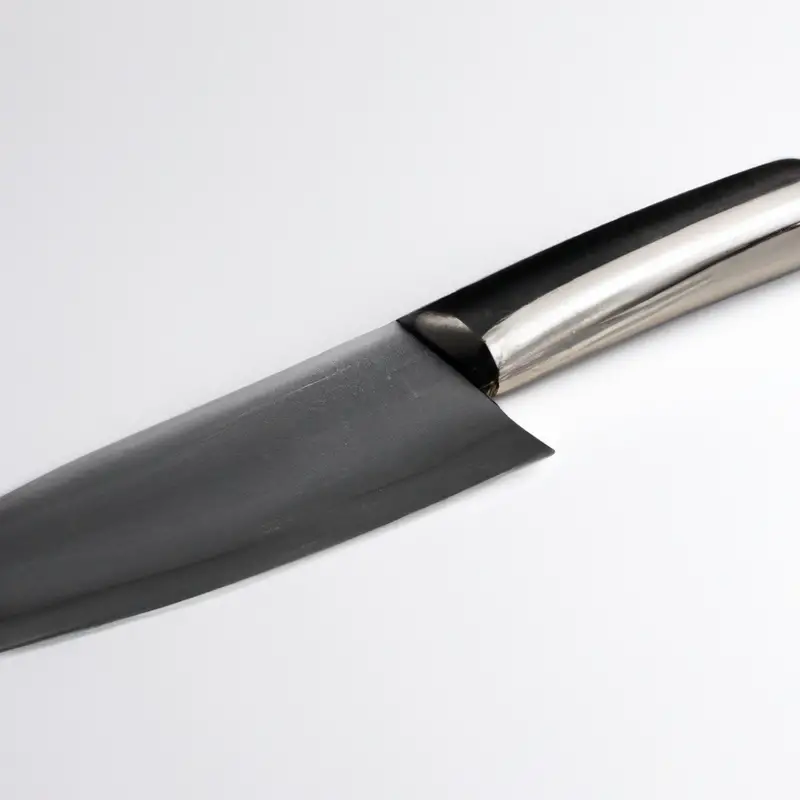
The importance of knife maintenance when filleting fish with a Gyuto knife
Maintaining the sharpness of your Gyuto knife is crucial when filleting fish. A dull blade can make the process difficult, leading to uneven cuts and accidents.
Regular maintenance such as honing and sharpening the blade is essential to keep it consistently sharp.
It is also important to clean and dry the blade properly after use and store it in a safe place to prevent damage or corrosion. A well-maintained Gyuto knife ensures precise cuts and a smooth filleting process.
Selecting the right Gyuto knife for filleting different types of fish
Selecting the right Gyuto knife for filleting different types of fish is crucial for a successful cut. When choosing a Gyuto knife, consider the size and weight of the blade to ensure that it matches the size of the fish you are planning to fillet.
A longer blade is better to fillet larger fish, while a shorter blade is perfect for small fish.
Blades with a flexible tip are ideal for delicate fish like sole or sea bass, while those with a stiffer tip are better for dense and oily fish such as salmon or tuna. You also need to pay attention to the blade’s material.
Gyuto knives made of high-carbon stainless steel are a popular choice due to their sharpness and durability.
Additionally, they are rust-resistant, making them perfect for use in wet environments. Lastly, to choose the right Gyuto knife, you must consider the handle.
A good handle ensures a comfortable grip and helps prevent fatigue while filleting your fish.
While traditional wooden handles are highly durable and comfortable, plastic and rubberized handles provide a better grip and are easier to keep clean. Overall, selecting the right Gyuto knife for filleting different types of fish requires attention to the blade’s size, weight, flexibility, material, and handle.
With these factors in mind, you will be able to select the perfect Gyuto knife for your specific fish filleting needs.
Ideal angle to position the fish while filleting with a Gyuto knife
To achieve a clean fillet, it is important to position the fish properly. The ideal angle to position the fish while filleting with a Gyuto knife is perpendicular to your work surface.
This means placing the head of the fish closest to you and its tail pointing away from you.
This position allows for easier access to the spine, which is the key to a successful fillet. Additionally, make sure the fish is firmly secured on your work surface to prevent it from moving around while filleting.
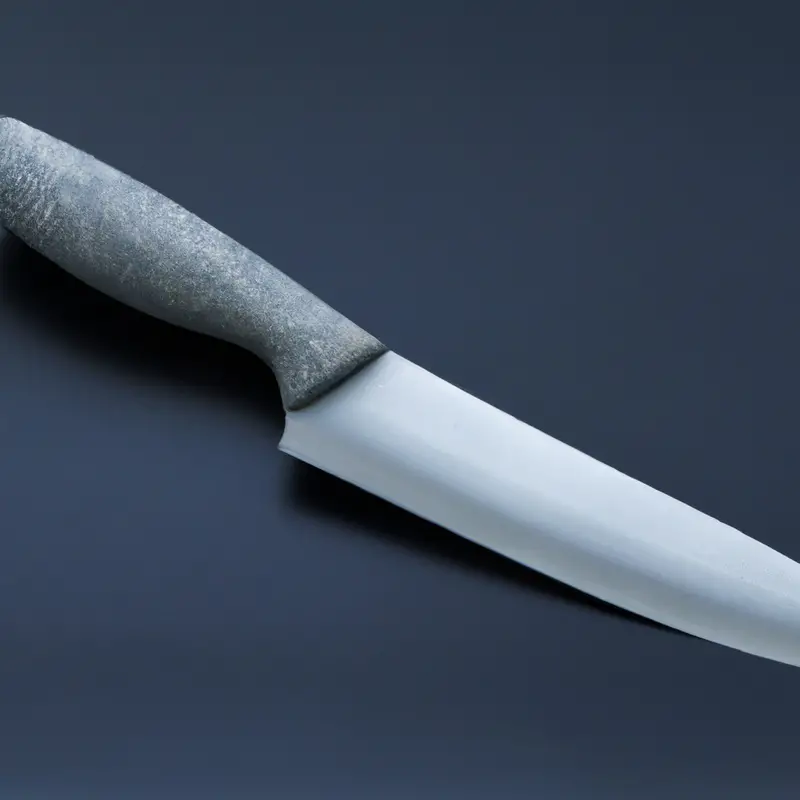
Final Verdict
Filleting fish with a Gyuto knife may seem like a daunting task, but with the right techniques and angles, it can be a rewarding experience. From understanding the fish’s anatomy to selecting the right knife and maintaining it properly, the key is to approach filleting with precision and caution.
By keeping the blade steady, controlling the pressure, and using advanced techniques for larger fish, anyone can achieve a professional-looking fillet.
Remember, the key is to practice and hone your skills over time. So, invest in a good quality Gyuto knife, follow the recommended techniques, and enjoy the satisfaction of filleting your fresh catch.
With these tips and tricks, you’ll be sure to impress your guests with perfectly filleted fish every time.

